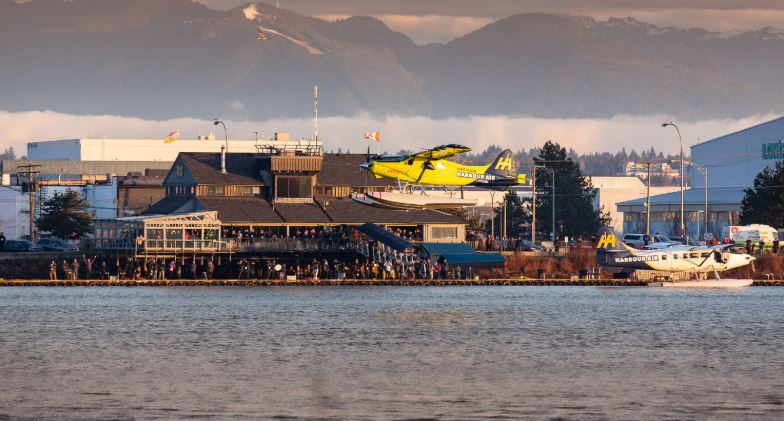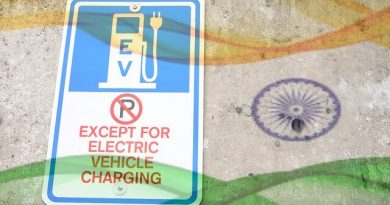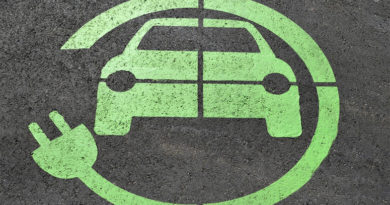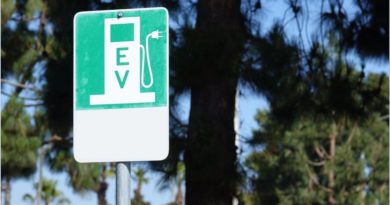An All Electric Aircraft Just Completed Its Flight
 A New aviation landmark
A New aviation landmark
For all of 15 minutes, Vancouver in Canada witnessed a possible future without fossil fuel powered air flight. While previous flights have used biofuels, this all electric flight was a first in its choice of fuel.
The plane used in the flight this week was a 62-year-old, six-passenger seaplane that had been retrofitted with an electric motor. Designed by Australian engineering firm MagniX and tested in partnership with Harbour Air, the world’s largest seaplane airline. The successful flight of the ePlane, a six-passenger DHC-2 de Havilland Beaver magnified by a 750-horsepower (560 kW) magni500 propulsion system, took place on the Fraser River at Harbour Air Seaplanes terminal in Richmond (YVR South)on December 10. The plane was piloted by Harbour Air CEO and founder Greg McDougall. Harbour Air says it plans to electrify its entire fleet by 2022, subject to the necessary safety and regulatory approvals. For now, the aircraft can only fly about 100 miles (160 kilometers) , but that’s still an improvement from the sort of range that was possible barely 3 years back.
While no one has predicted an electric future for the the aviation sector soon, especially the mainstay of the sector- large, wide bodied jet planes that fly on jet fuel that is a version of kerosene, the possibility of making a start with smaller planes is a bright spot. In fact, a doubling of the range possible using smaller planes might open a whole host of possibilities, as far as the sector goes, as fuel waste is much higher on short hops for now.
Until them the industry will continue to focus on squeezing out higher fuel efficiencies, blending of bio fuels, and seeking a greater balance with high speed rail, to limit its impact on the environment. China, with almost 70% of the global high speed rail network , has already made huge progress with its high speed rail network, all electric powered, that is transporting an ever higher number of passengers more efficiently and with a lower carbon footprint. That has led to predictions that the country’s aviation sector could peak in terms of carbon emissions by 2030.
For India, with a booming aviation sector that typically locks in orders for a minimum of 5 years to a decade even, a wait to 2040 is eminently possible, before our aviation sector peaks in terms of carbon emissions. That is largely due to the absence of a strong high speed rail network, though the massive existing rail network does look like it could meet its electrification target of 2022.
The big storage breakthrough, which has the potential to revolutionise the whole transportation sector as we know it, is still moving on in increments, in the form of reduction in storage costs. The big change will start both a cost, size and reliability cycle, which is when sectors like aviation, or even shipping will really get impacted.




